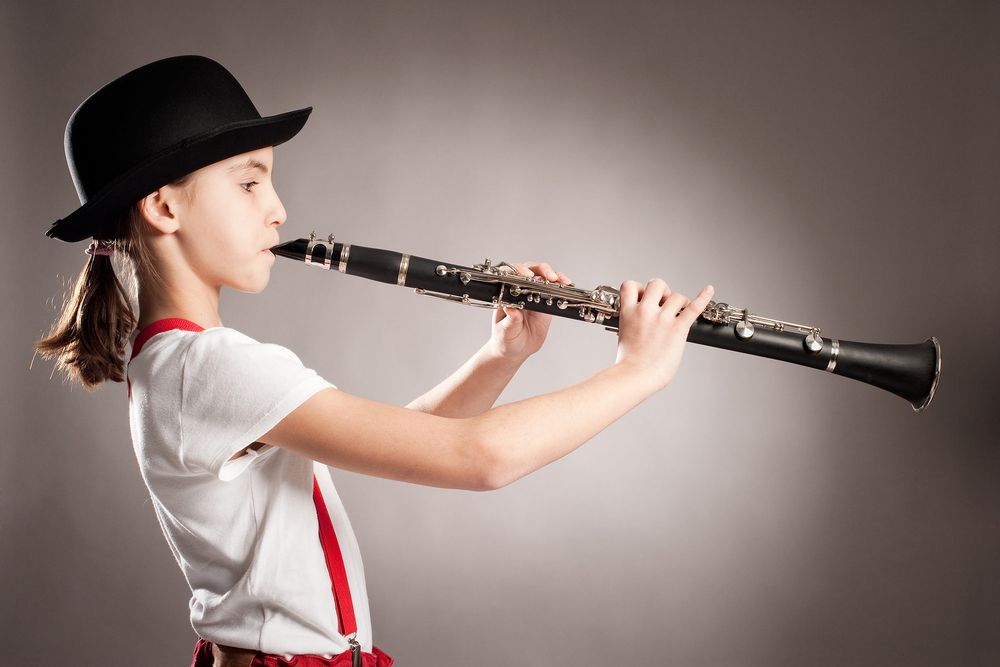10. Beginner Clarinets
Although the clarinet is often considered to be the most conservative of the woodwind section, it is in fact a very versatile reed instrument, used in both chamber and orchestral music. It was Mozart's favourite, and like the saxophone produced many great jazz players such as Sidney Bechet and Benny Goodman. There are many different types of clarinet, but the Bb soprano clarinet is by far the most common. The two most common forms of fingering are the German (Oehler) and French (Boehm) systems - check which your teacher favours. Cheaper clarinets are made from plastic and are generally the best choice for beginners - more expensive models are made from hardwoods like ebony, and are suitable for more serious playing.

Art.-No. 384430 - Buffet Crampon Prodige (Boehm fingering system)

Art.-No. 302998 - Thomann GCL-420 MKII (Oehler fingering system)
As a beginner's instrument it is both quieter and less costly than the saxophone, and although the fingering is a little more complex, it is easier to produce a basic sound with. It is also lighter and more portable as the instrument separates into five smaller sections to pack away. As with the saxophone, there are special reeds for the clarinet, and the same advice (above) is applicable to this instrument. You will also need cork grease for the connecting pieces.





